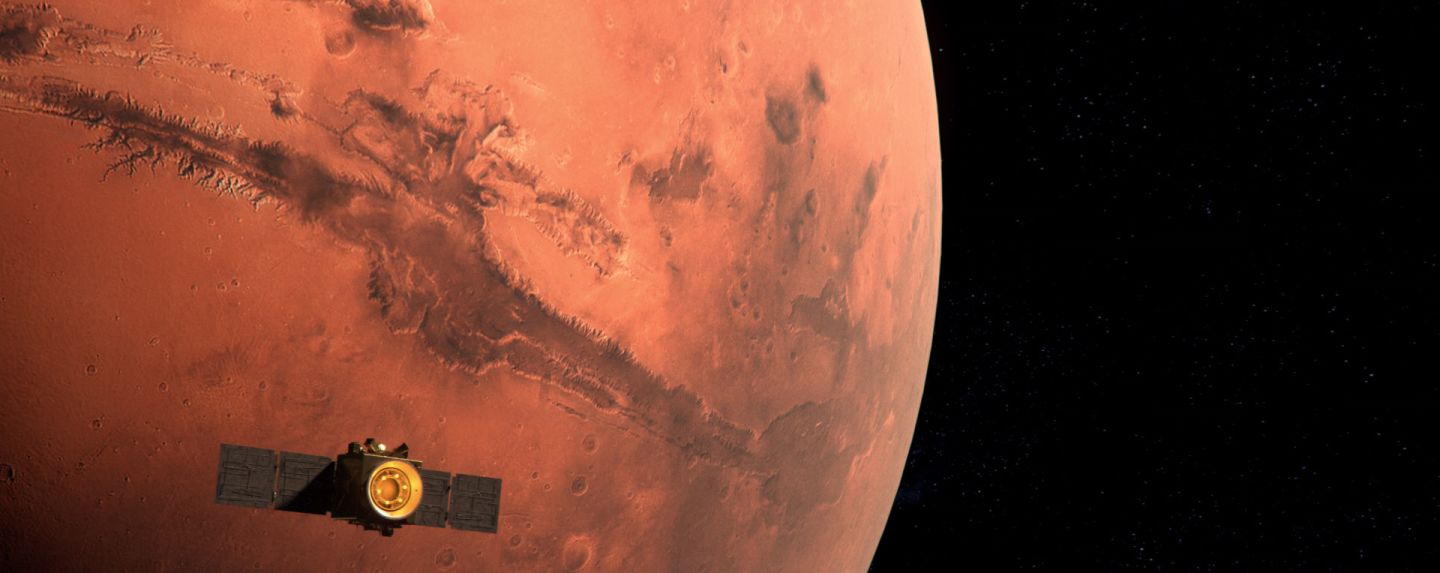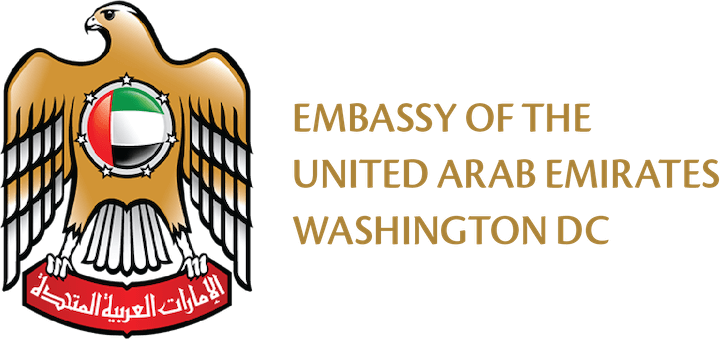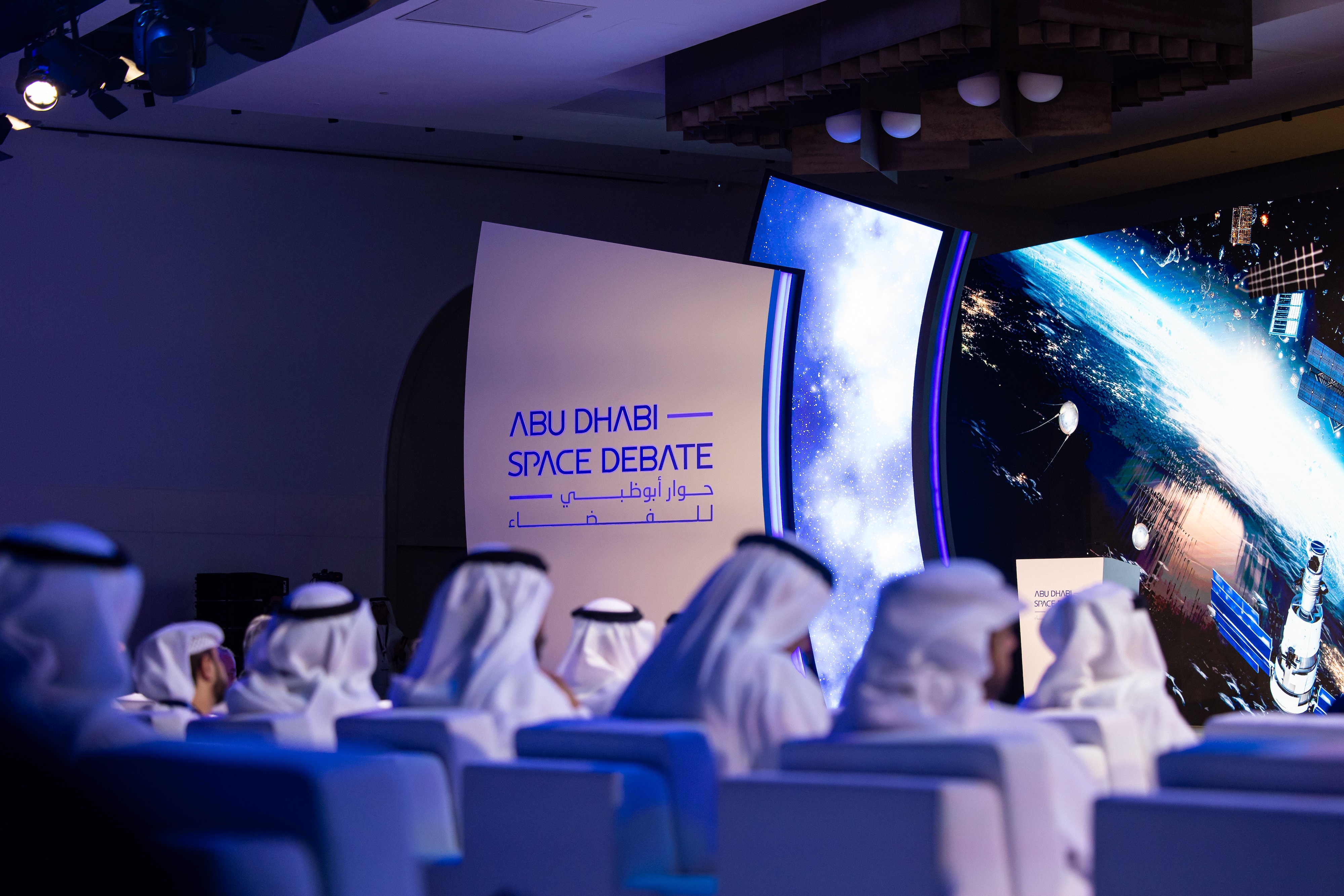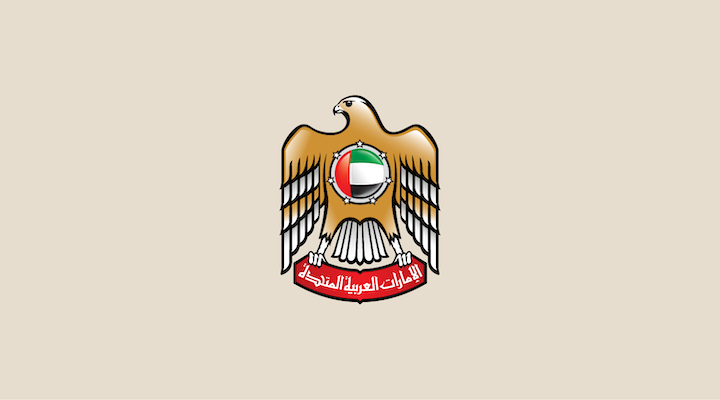
By Shaima Gargash, Deputy Chief of Mission
The diplomats at the United Arab Emirates Embassy in Washington, DC, are excited to join you on LinkedIn. Here we will share the latest Embassy activities, UAE government initiatives and partnership highlights, while connecting with our friends and partners across the United States.
Today, we launch our new series, “The MaجLis: Reflections from UAE Diplomats.” A cornerstone of Emirati society and a tradition that spans centuries, The Majlis is a place where people gather to discuss daily life or topical matters and issues, and learn from one another. Similar to these forums, this series is intended to give readers an inside look at the public diplomacy initiatives we are most passionate about and how they are shaping the future of the #UAEUSA relationship. Each UAE Embassy diplomat offers a unique perspective on these priorities and will share their insights through this monthly feature.
I am excited to kick off the series by celebrating one of the UAE’s most remarkable achievements—the Emirates Mars Mission (EMM). On February 9, 2021, the UAE’s nearly 7-year-long scientific work on a mission to Mars became a reality when the Hope probe successfully entered the orbit of Mars—making the UAE the first Arab country, and the fifth globally, to ever reach the Red Planet. Hope will orbit Mars for a full Martian year (or 687 Earth days), delivering groundbreaking insights on the Martian atmosphere to the global scientific community. For the UAE, this mission demonstrates the beginning of a new era, just like the Moon landing was for Americans.
The mission to Mars was broadcast everywhere and viewed globally. I am so proud to have lived to see us, the UAE, reach Mars—a mission and goal I did not expect to experience in my lifetime. For those of you who missed the live streaming, you can view the recording of the Mars Orbit Insertion event here.
But the EMM is more than just an accomplishment for the UAE. Hope demonstrates what our two countries can accomplish when we work together. Emirati scientists worked alongside teams at the University of Colorado Boulder, University of California, Berkeley, Arizona State University and Northern Arizona University to design and build the probe and its scientific instruments. At the same time, UAE astronauts train at NASA’s Johnson Space Center in Houston to prepare for future missions.
I am personally inspired by the prominent women who make up 80% of the Emirates Mars Mission (EMM) science team. These women reflect my country’s longstanding commitment to gender equity and women’s empowerment. And leading the charge is one of TIME’s 2021 100 Next, Her Excellency Sarah Al Amiri, UAE Minister of State for Advanced Technology and Chair of the UAE Space Agency, who continues to inspire the next generation of women in engineering and science. Her collaborative and approachable leadership has been vital to the success of international cooperation efforts.
The Hope probe’s success is just the beginning. Next up on the UAE’s space agenda: a lunar rover named Rashid is scheduled to launch in 2024. This will be the Arab world’s first Moon mission—focused on learning about conditions and mobility on the lunar landscape. Insights from this project will eventually support additional missions to the Martian surface.
Perhaps most exciting to me is the impact and legacy these missions will carry for my children and the next generation of Emirati and Arab youth. Hope and Rashid inspire us to rise above the turmoil that too often defines our region and be positive contributors to science and human understanding. As we celebrate our country’s 50th anniversary, and as we look to the next 50 years, I can proudly point to our progress and tell my kids that anything is possible.





